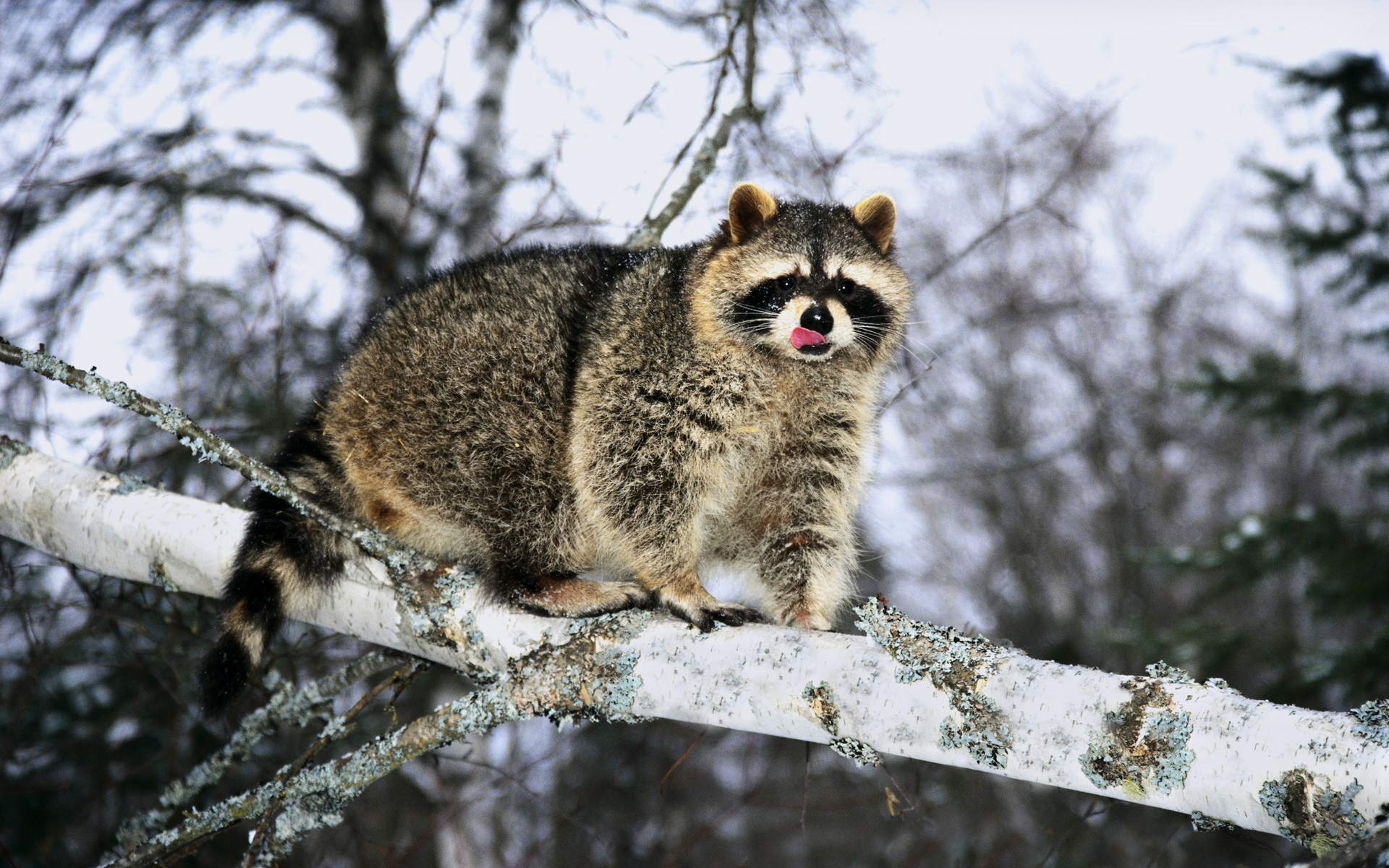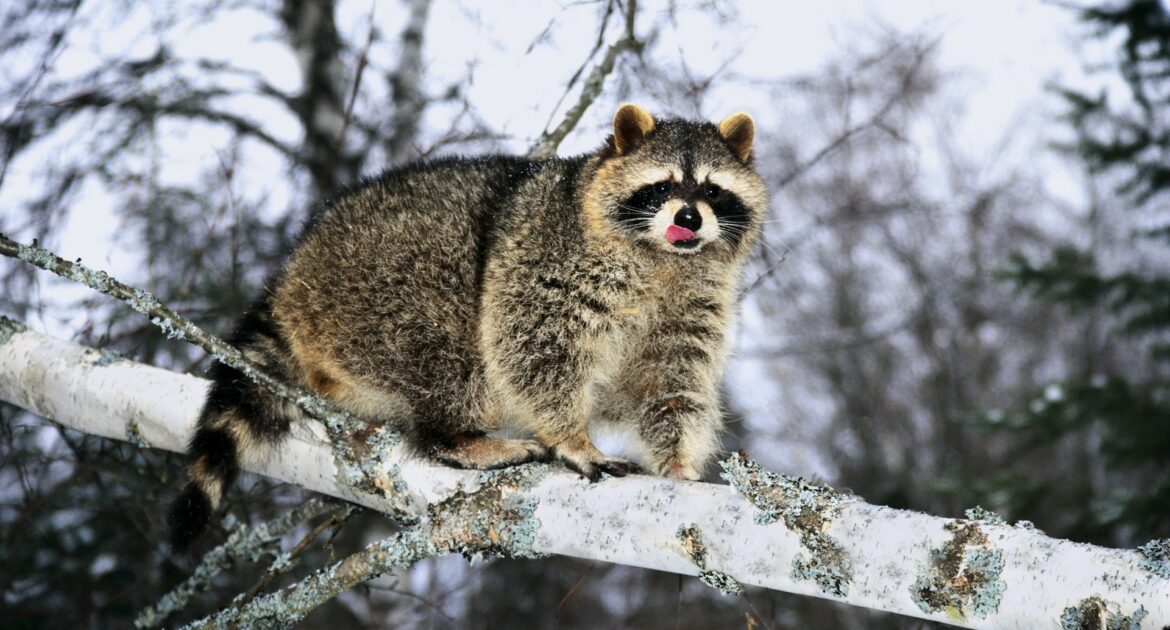Ontario residents are treated every fall to the annual salmon run. Crowds flock to the rivers around Toronto to see the spectacle of this impressive speckled fish. Salmon live in Lake Ontario throughout the year, but each September, they begin their journey to the waters where they were born to spawn the next generation of salmon. People are not the only fans of the annual migration. Raccoons can be found front and centre and even right in the middle of the water — wherever the salmon are swimming.
Salmon Survival
A majority of the salmon you see these days are Chinook and coho. These are Pacific salmon. How did native Pacific fish end up in Ontario waters? They were put there in an effort to boost recreational opportunities and improve the lake ecosystem. Historically, these waters were teeming with Atlantic salmon, which are native to the area. Unfortunately, European settlement led to their local demise by the late 19th century.
Around that time, and continuing over the years, the Pacific species were introduced. Recently, however, there has been a push to begin restoring native Atlantic salmon to our waters. No matter which species inhabit Lake Ontario, humans, and raccoons, will continue to enjoy the annual run. All salmon engage in the instinctual routine of heading upriver, swimming against the current, jumping over obstacles such as dams, and competing with one another for territory and mates. When all of their hard work is done, the salmons die in the same waters where they were hatched.
Fish Feast
Raccoons go where the food is easy pickings. It is no wonder they are attracted to the salmon runs! These masked bandits are omnivores. They can, and will, eat just about anything edible and sometimes not-so-edible. When the salmon are heading upstream, they are often found in large numbers, and all of their efforts are in the battle to reach their destination. This makes them easy targets for raccoons, which are not opposed to jumping right into the water and swimming into the thick of the action.
For the months of September through November, your garbage bins might be a little safer from the trash bandits, but not much. Toronto is known as the “raccoon capital of the world.” The city has approximately 100,000 of these furry residents, and it is illegal to kill them. If you have a pesky raccoon hanging around your house, don’t try to remove it yourself; contact our raccoon removal experts in Oshawa.
Raccoon Savvy
The masked raccoon is as smart as it is cute. While they do not have opposable thumbs, their fingers are dexterous. They are also good at problem-solving. These two qualities make them adept at getting into containers of all sorts. City efforts at finding raccoon-proof bins have been thwarted time and again, as they continue to find clever ways of accessing the goodies inside. The determination of raccoons in getting food is comparable the that of the salmon in reaching their spawning waters!
Raccoons have claws that make them excellent at digging. This is yet another way they gain access to food, in this case, roots, tubers and ground-dwelling bugs. It is also what allows them to dig cozy burrows under sheds, porches and decks. Fall is the time when they begin to both fatten up and dig in. The trash bandits don’t hibernate, but they do enter a state of torpor, sleeping a lot and only coming out to look for food when the temperatures are warm enough. This means that you might see more raccoon activity around your house during the fall months.
Raccoon Removal
If the raccoons are making your home their own, and you would like to politely ask them to leave but don’t know how our Skedaddle Humane Wildlife Control team in Oshawa is here to help. Our technicians are experts in humane raccoon removal.




